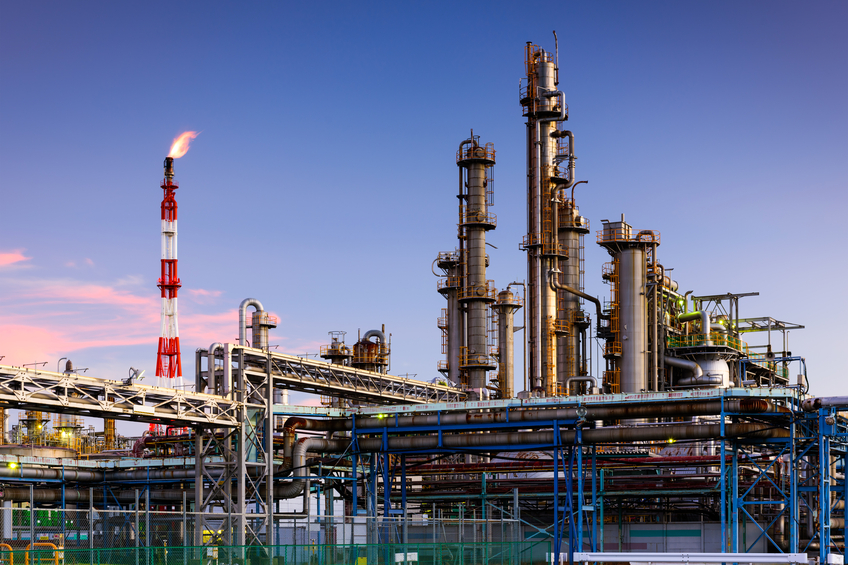
DuPont is at the forefront of perfluoroelastomer development, creating elastomers with properties that can help meet highly specific application requirements.
But how do you know which elastomer is right for your application? DuPont provides this helpful guide.
Selection Requirements For Elastomeric Seals
Service Conditions
- Temperature range (minimum, operating, maximum conditions). Thermal cycling and potential excursions. Define in either degrees Celsius or Fahrenheit.
- Pressure range (minimum, operating , maximum conditions). Define in either psi or Bar.
- Motion (static, dynamic). Define dynamic seal orientation in reciprocating, oscillating or rotary state. Indicate the component's duty cycle.
- Fluid to be sealed. Reference by brand name or fluid type.
Design Requirements
- Component description (O-ring, shaft seal, gasket, diaphragm, rubber to metal, extrusion, lathe cut seal, etc.).
- Desired service life.
- Assembly considerations (stretch, lubricants, storage, shelf life, mating materials, finishes or matching hardware).
- Critical dimensions and tolerances of part in question.
Inspection Requirements
- Define inspection criteria.
- Lot sampling.
- Acceptable quality levels (AQL).
- Indicate critical sealing surface.
Material Specification and Traceability
- Define material specification by ASTM D2000, SAE, AS or military material specification.
- Link proper VITON family to the specific seal manufacturer's compound number.
- Discuss how to specify sealing material with your seal supplier.
- Inquirer if -- and how -- compound changes can occur without the customer's knowledge.
- Specify if hardness buttons and "dog bone" segments are required for incoming verification.
By developing an outline form, DuPont can offer the end user a permanent worksheet reference for their elastomeric applications.
Additional Factors that Influence Fluoroelastomer Seal Performance
- Selection of appropriate elastomer type within the family (KALREZ xxx, VITON yyy, etc.).
- Integrity of the elastomer. Beware of blends with other elastomers and accept no reprocessed or "second grade" elastomers.
- Other essential compounding ingredients are important as well. Carbon black imparts broader media resistance, higher mechanical properties and longer property retention than non-black fillers. Color-coded fluoroelastomer products do not offer maximum attainable values of some properties.
- Appropriate cure and post-cure. (Imparts maximum mechanical properties, thermal stability, chemical resistance, compression set resistance and dynamic and static sealing performance.)
- Quality assurance procedures (ISO 9000 certification, properly written specifications).
Why are fluoroelastomer seals often more expensive than seals of other lower-performing elastomers?
- Starting monomers are "exotic."
- Fluoroelastomers are manufactured in relatively small volumes.
- Fluoroelastomer manufacture is a hazardous process, requiring costly process control and safety features.
Seal Material Selection Philosophy
- Accurately define end-use performance parameters.
- Focus on seal performance, not initial purchase price!
- Apply life-cycle cost analysis for seal selection.
- Correctly specify the elastomeric sealing material.
Finally, you can optimize fluoroelastomer and perfluoroelastomer seal performance by specifying DuPont products.
- DuPont invented VITON, ZALAK and KALREZ, and only DuPont manufactuers VITON and ZALAK fluoroelastomers and KALREZ perfluoroelastomer parts.
- DuPont fluoroelastomer and perfluoroelastomer technologies are well-defined and performance is predictable.
